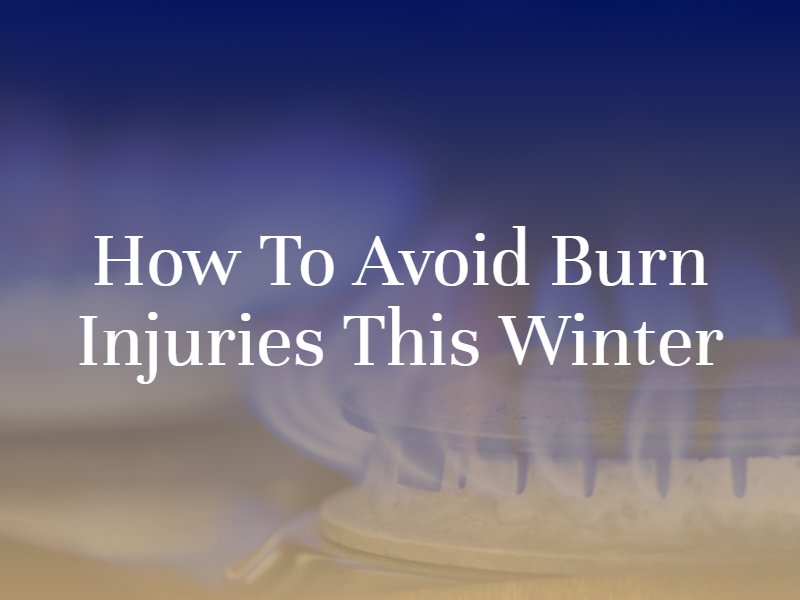
How to Avoid Burns This Winter
Colburn Law
Posted in Safety Tips on December 2, 2020

The winter season brings cold temperatures, holiday festivities, and a higher risk of burns than other times of the year. Burn injuries, which can range from mild to life-threatening, can lead to severe pain, long-lasting complications, and financial hardship.
You can avoid these losses by taking careful steps to prevent burns this winter, but if you do sustain a burn injury due to someone else’s negligence, you may have legal options available to you.
Burn Injuries Increase During the Winter
There are many types of burn injuries. You can suffer a burn after coming into contact with a hot object or fire, known as a thermal burn, or when you accidentally touch a live electrical circuit, known as an electrical burn. Burns due to contact with strong chemicals and radiation burns from prolonged sun exposure may also occur.
In the winter, certain activities increase the risk of fires, which in turn increase your risk for burn injuries. The National Fire Protection Association provides the following statistics on this phenomenon.
- Heating is the second leading cause of U.S. home fires, and space heaters contribute to 40% of home heating equipment fires.
- Between 2014-2018, U.S. fire departments responded to an average of 160 Christmas tree-related home fires each year.
- Electrical equipment contributed to 45% of Christmas tree fires.
- Holiday decorations placed too close to a heat source contributed to 44% of winter fires.
- Candle fires peak in December and occur at three times the daily average on Christmas than any other day of the year.
- 10% of firework fires occur between December 30th to January 3rd.
- Thanksgiving, Christmas Day, and their respective eves are the peak days for home cooking fires.
Washington winters bring colder temperatures, ice, and snow, and prolonged exposure to this inclement weather can lead to cold-induced burns. Frostnip, chilblains, and frostbite cause inflammation, redness, and numbness in the skin to varying degrees of severity. Frostbite in particular can be serious, leading to necrosis and the need for amputation. without prompt treatment.
How to Avoid Burns During the Holiday Season
Winter burn injuries may be common, but they are preventable. To avoid burns during the winter, follow these steps.
- First, ensure that all of your heating equipment is in good working condition. Keep any flammable materials at least three feet away from your heaters.
- Keep candles at least 12 inches away from any flammable materials.
- Before setting up electrical decorations, read the manufacturer’s instructions to ensure you do not overload your circuits.
- If you celebrate Christmas, keep your tree at least 3 feet away from any heat sources and does not block exits. Remove your tree when it is dry.
- Remember to turn off portable heaters when leaving home, going to bed, or leaving the room.
What to Do If You Suffer a Burn Injury
Burn injuries can occur at any time in any place, even if we are careful. If you suffer a first-degree burn, you should be able to treat your injuries with basic first-aid at home. However, if you experience a second, third, or fourth-degree burn, you should go to the hospital and seek medical attention immediately.
There are situations where someone else’s negligence may have caused your burn. Perhaps you were walking by someone’s home and sustained burns when their outdoor lights caught on fire, or maybe you purchased defective decorations that exploded when you tried to use them.
In these cases, you may be eligible to file a lawsuit against the negligent party to recover compensation for your injuries. Contact a Seattle burn injury lawyer as soon as possible after your accident to discuss your options and plan your next steps.



